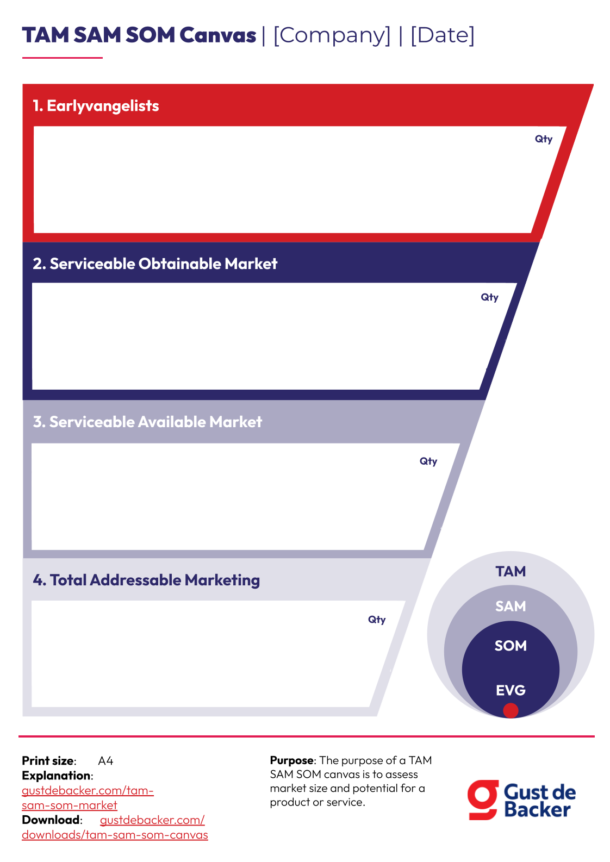The Customer Development Process contains 3 kinds of Fits:
- Problem-Solution Fit
- Product-Market Fit
- Business Model-Market Fit

The Problem-Solution Fit simply means that you have found a problem with your customer and that the solution you have realized for it actually solves the customer’s problem.
1. A Minimum Viable Product (MVP).
2. Satisfied early adopters (earlyvangelists) who use your MVP.
3. A validated problem that you solve for the earlyvangelists.
It varies tremendously by product, service or business, but according to Steve Blank, you need at least 3-5 satisfied paying customers for a Problem-Solution Fit.
How to get a Problem-Solution Fit?
Problem-Solution Fit in 8 steps:
- Who is your customer?
It is important to have a good picture of your customer, not only the demographics but preferably also sociographic data.
- What is the problem of the customer?
Make assumptions of the problems you think your customer has and then go on to validate those assumptions. In the best case scenario, you can provide measurable insight into how big the customer’s problem is.
- Is the customer aware of the problem?
The more informed the customer is about their problem, the better. It may even be the case that your customer has realized an inefficient homegrown solution to try to solve the problem. Try as hard as you can to identify how well the customer is aware of the problem and when the customer will run into the problem.
- What is your product or service?
Once you have found a validated problem you can realize your solution. Describe what the benefits and functionalities of your product or service are.
- What are alternative solutions for the customer?
In a blue ocean, there may be few/no alternative solutions, but in a red ocean, you are bound to have competition trying to solve the same problem. Map out what the competition is and what they offer.
- What are considerations your customer has while choosing a solution?
What are important go/no-go parts of your business, product or service? Map these out and, as much as possible, make sure your product is optimized for them.
- Does your product or service actually solve the customer’s problem?
What are important go/no-go parts of your business, product or service? Map these out and, as much as possible, Once you have found a quantifiable problem with the customer, it is fairly easy to measure the effectiveness of your solution. Make sure you have sufficient evidence that your product or service actually solves the customer’s problem.
- Build – Measure – Learn Cycle
If you have found a bottleneck in one or more of the above 7 steps you can apply the Build-Measure-Learn cycle. In the end it remains a matter of making assumptions and validating them.
Get out of the building
Conclusion
The Problem-Solution Fit is an important step towards the Product-Market Fit, but often an underestimated one.
What do you think about the Problem-Solution Fit? Let me know in a comment below!
P.S. would you like some help? Then send an email to [email protected] or leave a comment.
P.P.S. start with the Problem-Solution Fit Canvas.

![Business-Driven Marketing (BDM): 8 Steps to Drive Business Impact [+14 Templates]](https://gustdebacker.com/wp-content/uploads/2024/07/Business-Driven-Marketing-BDM.png)
![Automate ~30% of Repetitive Marketing Tasks with AI: 5 Easy Steps [+ 7 Expert Prompts]](https://gustdebacker.com/wp-content/uploads/2024/07/AI-in-Marketing.png)
![Customer Journey Map (2025): How-to & Examples [+ Template]](https://gustdebacker.com/wp-content/uploads/2023/11/Customer-Journey-Map.png)

I really like reading through an article that will make men and women think.
Also, thank you for allowing for me to comment!